Certain grammatical situations require the use of a comma beforeand. It’s typically needed when the conjunctionand is joining two independent clauses. Or if you’re using it in lists that require an Oxford comma.
This brief guide will shed light on the age-old question of whether to use a comma before the word and.
Main Comma Before And Takeaways:
- A comma is a form of punctuation that indicates a pause in a sentence and separates items in a list.
- Commas should be used before and when joining two independent clauses or when compiling a list.
- Commas can separate adjectives, offset nonessential phrases, and introduce direct quotations.
- Oxford commas are also known as serial or Harvard commas.
- Serial commas are used after the next-to-last item in a list and before the and.
- The AP Stylebook doesn’t advocate the use of the Oxford comma.
Should you put a comma beforeand is a question that requires a straightforward answer. Either you do, or you don’t, right?
Is There a Comma Before the Word and?
Unfortunately, the answer isn’t entirely so black and white. When to use a comma beforeand in a sentence depends on several factors:
- Whether the and is linking two independent clauses
- If the and is separating items in a list or series
- Whether you’re using an Oxford (or serial) comma
- If a pause is necessary
- What style guide you’re following
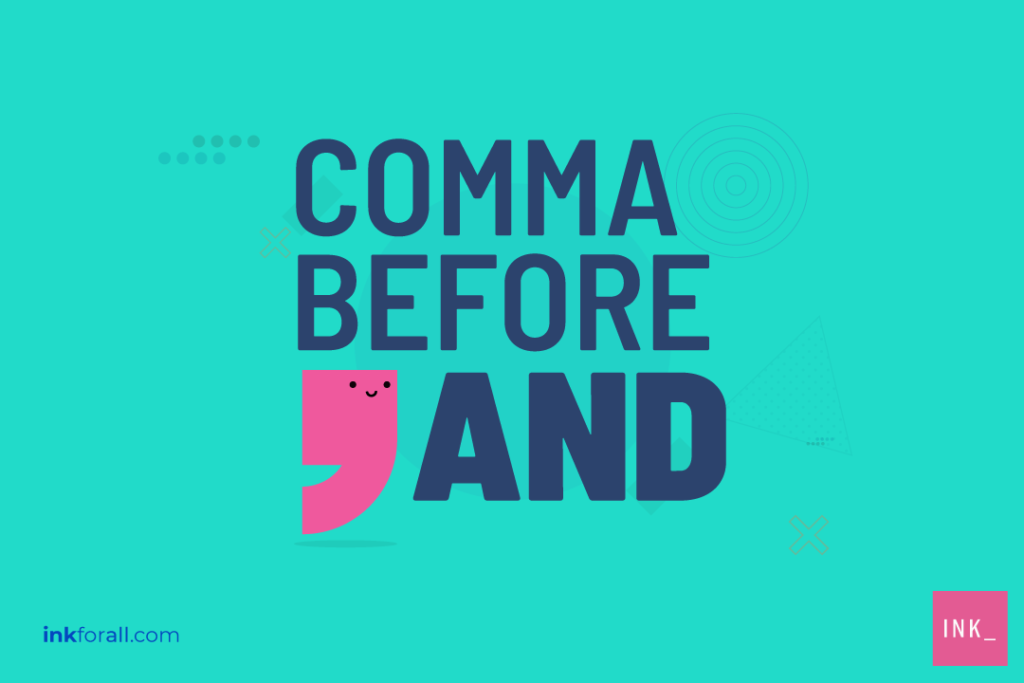

What is the Comma Before And Called?
The answer to that depends on how you’re using the word and. In general terms, a comma falls under the category of a punctuation mark. It’s often used to indicate a pause in a sentence or to separate items in a list. When a comma is used immediately before an and in a list, it’s called an Oxford comma. Others may refer to the comma before and as a serial or Harvard comma.
What are the 8 Commas Rules?
Whether it comes before and or elsewhere in a sentence, following basic comma rules can make using this misunderstood punctuation mark a breeze. In a nutshell, we use commas to:
- list items,
- separate adjectives,
- join independent clauses,
- offset introductory and nonessential phrases,
- introduce quotations, and
- maintain flow.
Whew! Take a breath. Let’s take a closer look at each of these rules.
Rule 1: Use a Comma in a Series or List
When creating a list of three or more simple words, items, or concepts, use a comma to separate each word or word group.
Rule 2: Separate Adjectives With a Comma
When you use more than one adjective to modify a noun or pronoun, use commas to separate them. This is only true if the adjectives’ order is interchangeable.
Rule 3: Use a Comma When Joining Two Independent Clauses
When a conjunction (for example: and, or, and but) links two independent clauses, you need to put a comma before the conjunction.
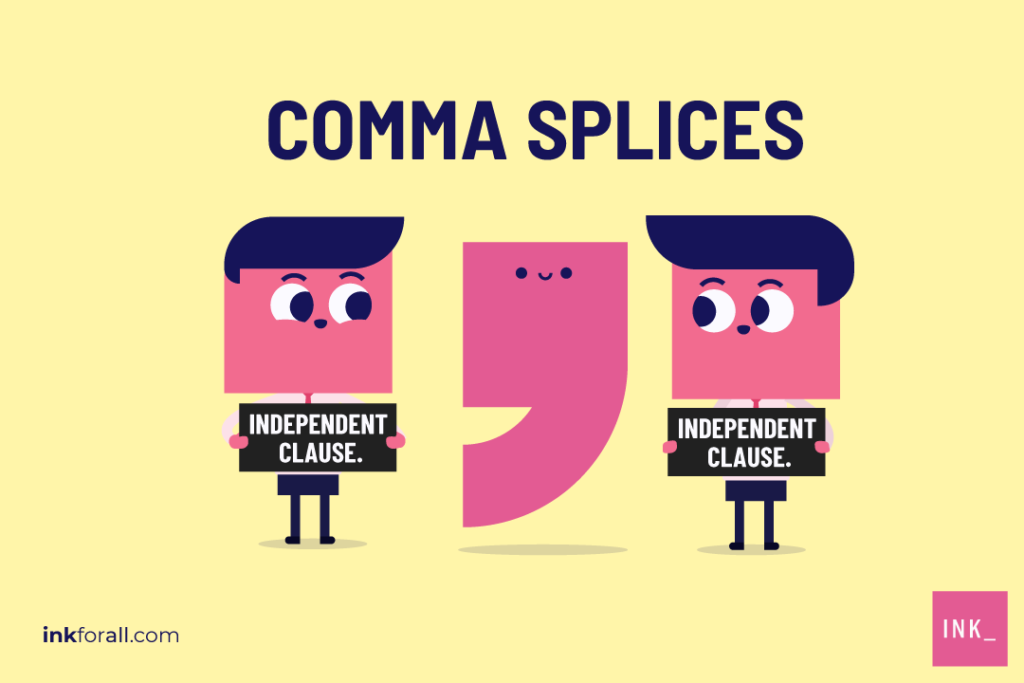

Rule 4: If a Sentence Begins With a Dependent Clause, Use a Comma After It
If a sentence begins with an introductory phrase or dependent clause, it should have a comma immediately after it.
Rule 5: Offset Nonessential Words, Phrases, or Clauses With Commas
If a sentence contains nonessential words, phrases, or clauses, use commas to set them apart. These nonessential sections often begin with words such as who or which. They may be removed from a sentence without altering its meaning.
Rule 6: Commas Introduce Direct Quotations
Direct quotations, such as dialogue, should be preceded by commas.
Commas may also be used to express interruptions to direct quotations.
Rule 7: Commas Set Off Phrases That Interfere With Sentence Flow
Commas can be used to set apart phrases that interrupt the flow of a sentence. These may include expressions such as by the way, after all, and nevertheless.
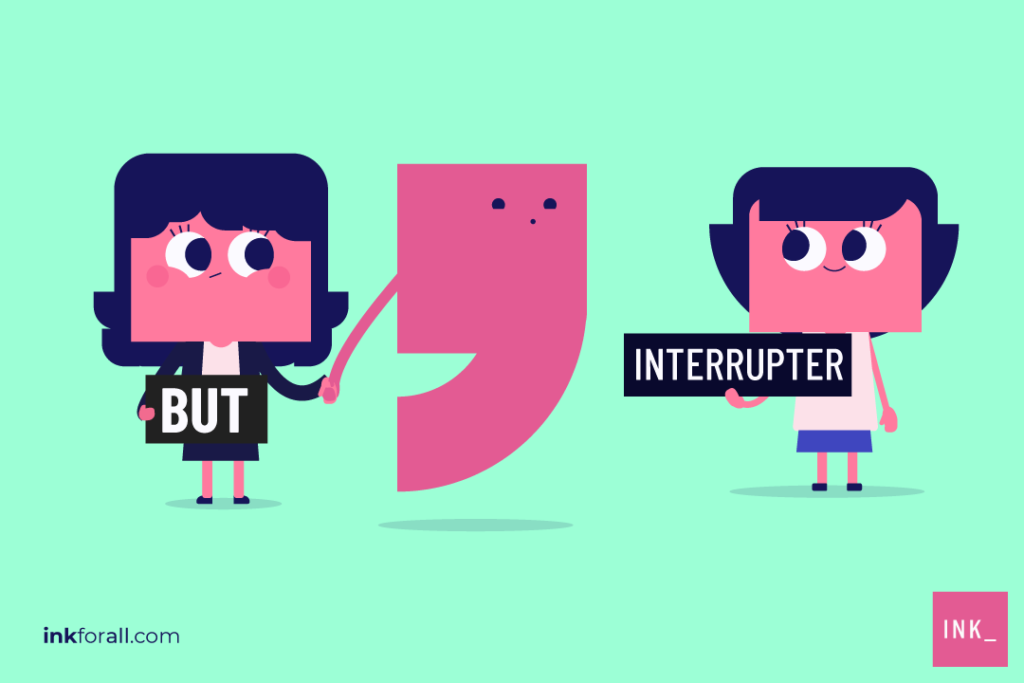

Rule 8: Commas Set Off Names, Nicknames, and Titles
When directly addressing a person, use a comma to set off their name, nickname, title, or term of endearment.
Do You Use a Comma Before “And” When Joining Two Sentences?
Yes. When joining two independent clauses or sentences, “and” acts as a coordinating conjunction. The rule states that a comma must be used before a conjunction when it’s joining two independent clauses or sentences. This rule is applicable to other coordinating conjunctions like but, so, and or, to name a few.
Commas Before And: An Overview
Commas BeforeAnd are used primarily in two specific situations:
1. Joining Independent Clauses With a Conjunction
An independent clause is a phrase that expresses a complete thought. It must have both a subject and a verb. In other words, it can stand alone as a sentence.
A sentence can contain two independent clauses if they’re linked by a conjunction such as and, or, and but. (Without the conjunction, two independent clauses typically form a run-on sentence). A comma is required after the final word of the first clause, before and (or whatever conjunction you’re using).
Take these two independent clauses:
If you join them together with only a comma, they form a comma splice.
If you add an and after the comma, the sentence becomes grammatically correct.
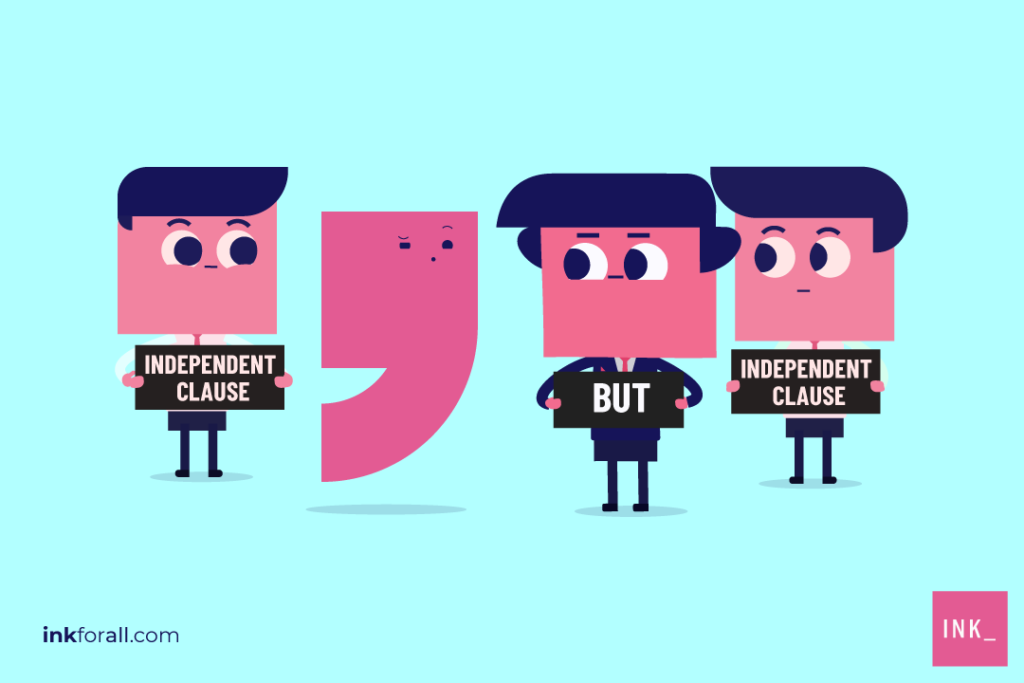

Exceptions to the rule:
If the two independent clauses are short and have a strong connection, then the comma should be omitted. Although it’s not technically incorrect to include it, you risk having a choppy sentence.
2. Before the Next-To-Last Item in a List
Commas are almost always used to separate items in a list or series that contains three or more things. More specifically, some lists contain a comma that’s known as the Oxford comma. This punctuation sits immediately after the list’s next-to-last item, just before the and or the or.
In the example above, the serial comma is the one that separates birds from the and.
In fact, the Oxford comma is a hotly debated point in modern grammar, and ultimately, it comes down to a stylistic choice.
Certain style guides, such as the AP Stylebook, don’t advocate using this serial comma unless it’s absolutely necessary for preserving a sentence’s meaning.
Comma Confusion: Final Thoughts
Let’s face it. Commas can be confusing. They’re also important. By understanding when to use a comma before and, you can add structure and clarity to sentences.
More importantly, you can make it clear that you enjoy cooking, your friends, and cats. And that no, you don’t enjoy cooking your friends and cats.
Quick Comma Before and Quiz
Comma Before And Question #1
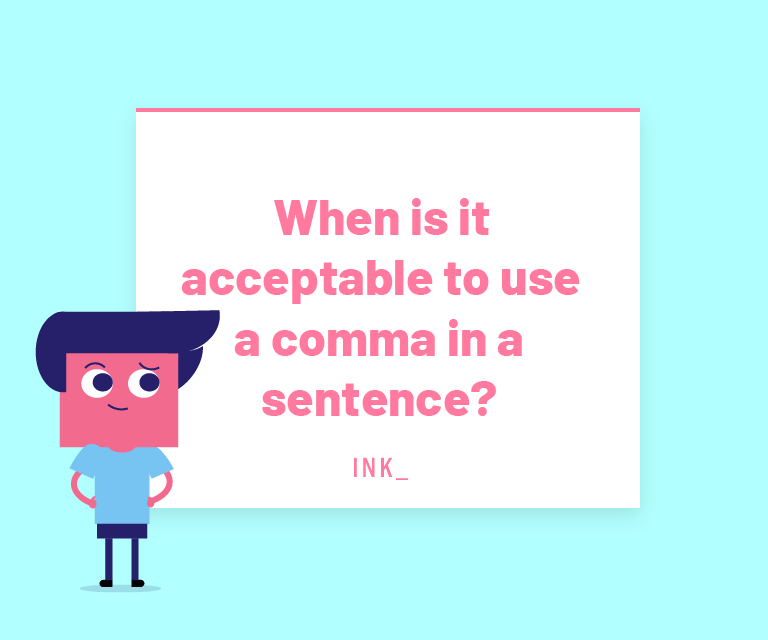

The answer is D. Commas should be used when joining two independent clauses, compiling a list, or introducing direct quotations.
Comma Before And Question #2
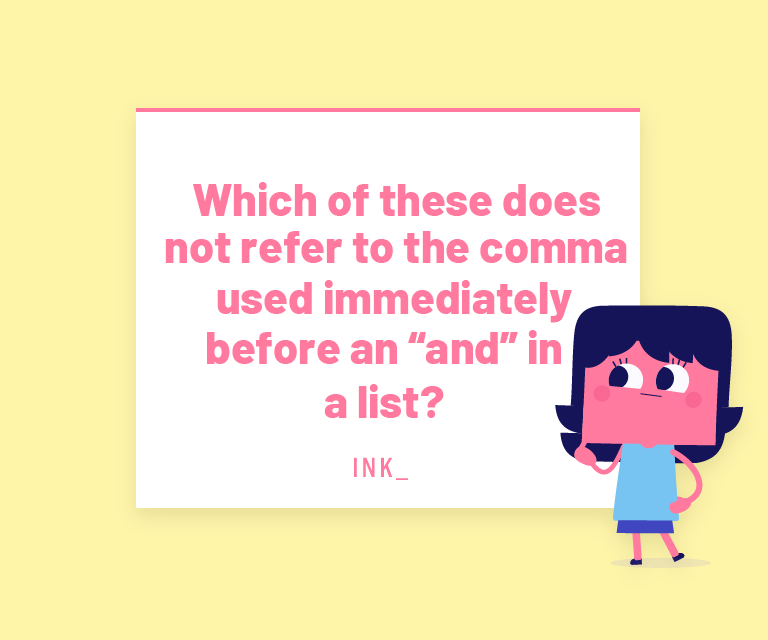

The answer is C. The Oxford comma comes immediately before an "and" in a list. Others refer to it as a serial comma or Harvard comma.
Comma Before And Question #3
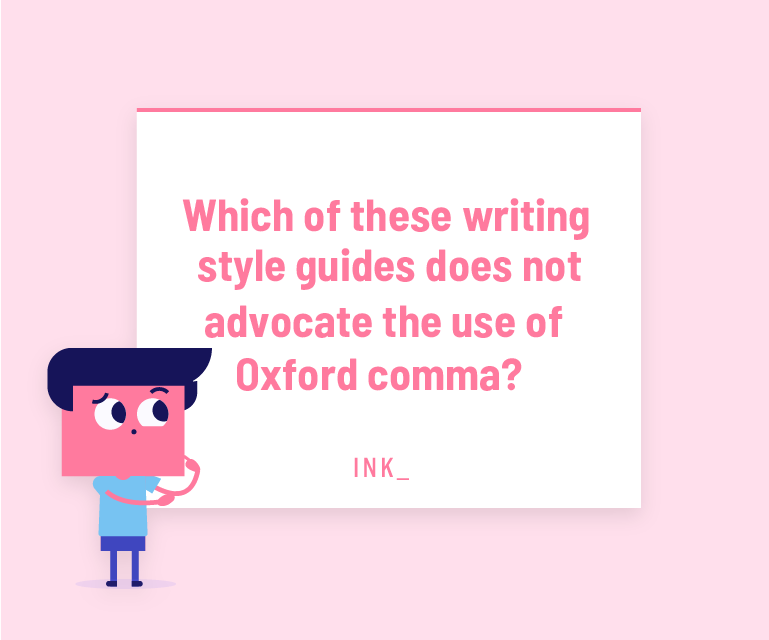

The answer is A. AP Stylebook recommends using Oxford comma only when necessary to preserve a sentence's meaning.
Comma Before And Question #4
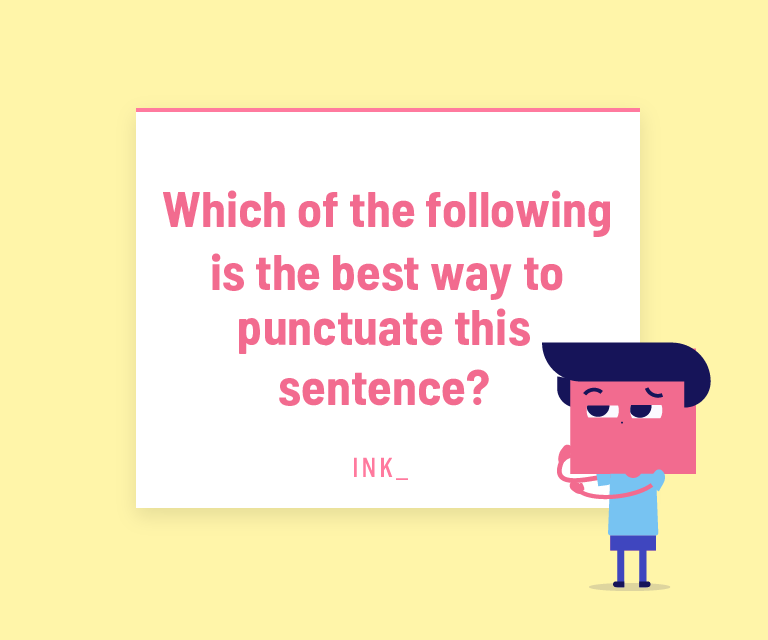

The answer is B. You can separate adjectives with a comma only when the adjectives’ order is interchangeable.
Comma Before And Question #5
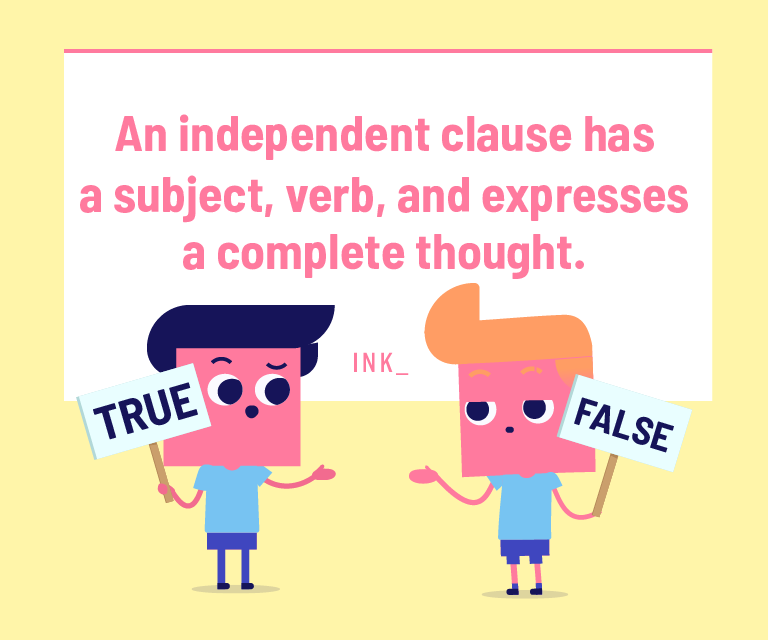

The answer is TRUE. An independent clause can stand alone.
Comma Before And Question #6
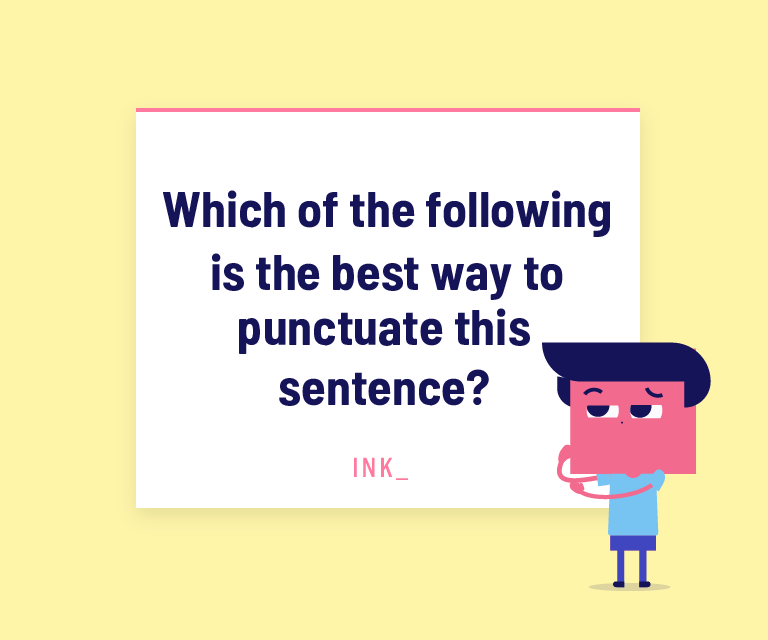

The answer is B. Use a comma after the final word of the first clause, before “and.”

Brand new to INK. Saw this article on the commonly misused comma and LOVED it. Thanks! Wait… did I forget a comma??
Hello Polly,
We’re glad that you enjoyed reading our post! Have you checked our other articles about comma usage, like how to use comma before which or before but? Feel free to visit them and let us know your thoughts. Have a great day and thanks for stopping by!